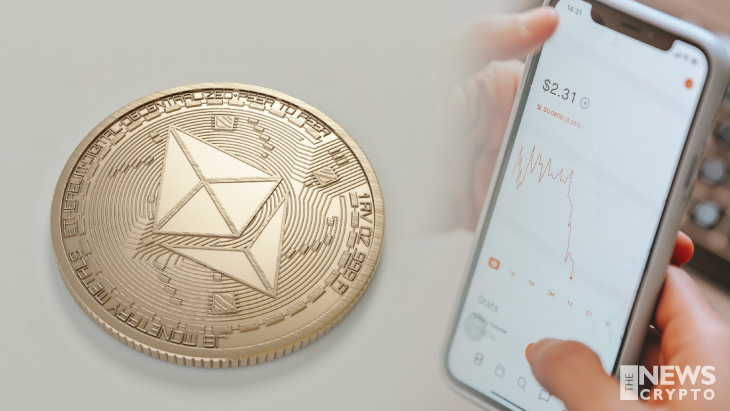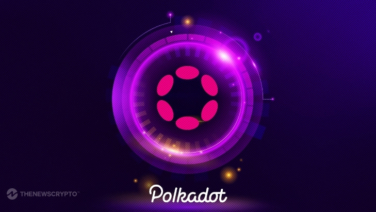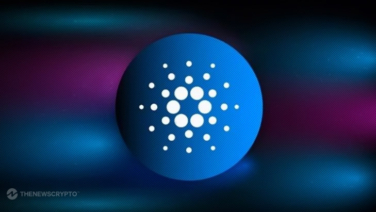- Ethereum Blockchain reached low average transaction fees.
- In the time of heavy traffic, the Transaction fees are much higher.
- One of the major pain points of Ethereum is Transaction fees.
Since January, Ethereum blockchain average transaction fees are at their lowest price, as the activities on the blockchain drop. This is according to the data from the crypto site BitInfoCharts.
Moreover, the average transaction fees of Ethereum reached US$7,371. The lowest since January 23, the fees averaged the US $6,89. The transaction fees of Ethereum are paid to miners the ones who process transactions on the blockchain.
Henceforth, in the time of heavy traffic, the Transaction fees are much higher. This happens because the chain operates a transaction that changes rates according to the miner’s offers and also the user’s demand for them. When demand surpasses supply, the miners of Ethereum can charge a premium.
Even more, this happened on May 12, when Ethereum hit its all-time high of $4.363. At that time the average fees were as high as $69.92. On May 19 the transaction fees are dropped to $20 before rising to an average of $59.5
Accordingly, in the time when the transaction fees at a low of $7.371, it was lower than Bitcoin’s average fees of $11.672. But when compared to other Altcoin’s they were still high.
Furthermore, one of the major pain points of Ethereum is Transaction fees. This makes some services expensive to use for all but the richest of traders.
Ethereum Updates
The decentralized exchange Uniswap often requires multiple transactions. The currencies are frequently exchanging in Uniswap to fulfill trades. On May 11, exchanging a few cents in coins cost more than US$300. Moreover, this fee can be reduced by the various updates to Ethereum.
Accordingly, the first Ethereum update is EIP-1559, a proposal that burns ETH instead of delivering it to miners. This starts operates on July 14. The main aim of this is to reduce the volatility of rates and, as a by-product, the cost.
The second update is the upgrade from Ethereum to Ethereum 2.0. This provides many features that are expected to minimize the rates but it seems to take years to implement.
Recommended for you






